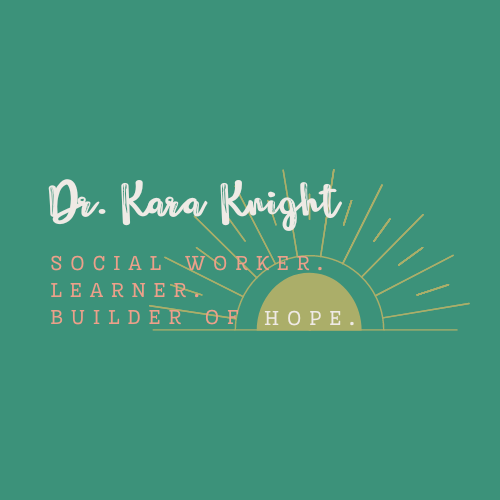
Throughout my experience in education thus far I have led curriculum department teams, curriculum writing teams, new teachers, district-wide events, programs, and technology and instructional movements. Throughout my myriad of experiences, I have quickly learned how demanding it can be behind the scenes to create meaningful professional development (PD); Yet, it is a non-negotiable in education. With a hearty set of demands placed upon educators each day, time is sacred and each minute in PD should be valued in gold.
With that said, PD may not always be a grand slam in everyone’s eyes, and that is okay. But, in my eyes, the grand slam is still my goal. Although we can never be perfect, the valid point is to constantly improve your practice through feedback and trial-and-error. As we know, teachers face similar obstacles in the classroom while attempting to seamlessly differentiate for each student; It is hard work, but it is always worth it.
Therefore, after reflecting upon my own work, below is a curation of the top 7 lessons I have learned through my own experience in the pursuit of constance self-improvement. Without a doubt, I know I will continue to develop my professional toolbox on this topic, as well.
1. Get Feedback from Multiple Parties Prior to the PD and Know Your Audience
More often than not, we are asked to teach to a variety of adult learners who are teaching different subject/special areas, contents, grade levels and more- All in one day, place, or session. This is not rare, this is the norm.
Rather than seeing this as a negative, I believe this allows for an exciting challenge of meeting every adult learner where they are at. Therefore, to value your time and the teachers, be sure to contact the educators and administration prior to the PD to actively seek out what they are wanting to learn, while asking what topics they are the experts in.
When in doubt: Never assume, always ask.
2. Invite Others, then Go Global
Ask yourself: Is there anyone else you can invite to this PD who would benefit from the learning and conversations taking place? For example, can you ask District/Central Office personnel from your school district to attend your PD?
Now, let’s think even bigger: Can you invite other parents, teachers, and administration outside of your school? If others outside of your school are unable to attend, consider sharing the relevant and treasured resources to social media: A quick tweet can globally connect the world with your PD in seconds, or a Periscope can share the learning live with anyone who is interested.
3. Plan a Healthy Mix of Structured and Organic Sessions/Break-Outs
I love infusing EdCamp models into my PD sessions as much as possible, but I also see the benefit in structured settings that are formatted in a way where colleagues can thrive on collaborative and cooperative moments. Even when discussing topics with whole groups of teachers, you can still provide opportunities to spice the learning up, get teachers moving, and to allow time for peer dialogue.
If you are struggling between choosing a more structured PD and more organic PD (like EdCamps), determine your purpose, content, setting, and individuals involved first before making any decisions. Also consider this: Anytime you can add in teacher choice, you will see engagement rise.
4. Empower Teachers to Lead
Do you see teachers doing amazing things in your schools? Of course you do. Rather than talking about how incredible the teaching was from a second-hand account, ask the teacher him/herself to lead a break-out session or to share his/her wealth of knowledge in other ways.
Every single teacher wants to feel important and valued, just like students. Anytime you can highlight the work of the teachers and their strengths, you are not just building solid PD, you are forming the building blocks for an unshakable culture.
5. Do Not Be Afraid to Adjust on the Fly
While developing sessions for PD, I spend hours upon hours on the content, delivery systems, resources I want to share, and more. Even the night (and morning) before, I continue to go over my work to ensure that it is beyond worthwhile, while constantly innovating my ideas.
Even after gaining feedback from teachers, paired with the careful planning and time, I still find that I need to adjust my PD constantly on the fly during the live session. We adjust our teaching all of the time when teaching students, but for some reason, we feel that we need to stick to a “script” when it comes to teaching adults. I have found that teachers will appreciate and respect you more if you “read the room” and adjust your plans as needed.
6. Embody “FUN”
Have you ever listened to someone present who was monotone, expressionless, and/or lacking energy? It is pretty painful, isn’t it?
In order to gain engagement, you need to be engaging yourself. It all starts with a simple smile and passion for what you do. Beyond this, you can add in sneak peeks to your personality, if you are comfortable doing so; I dance, play music, get teachers moving, laugh at myself, and try to not ever take myself too seriously. We can still be professional while having the time of our lives.
7. Connect with Experts
![]()
